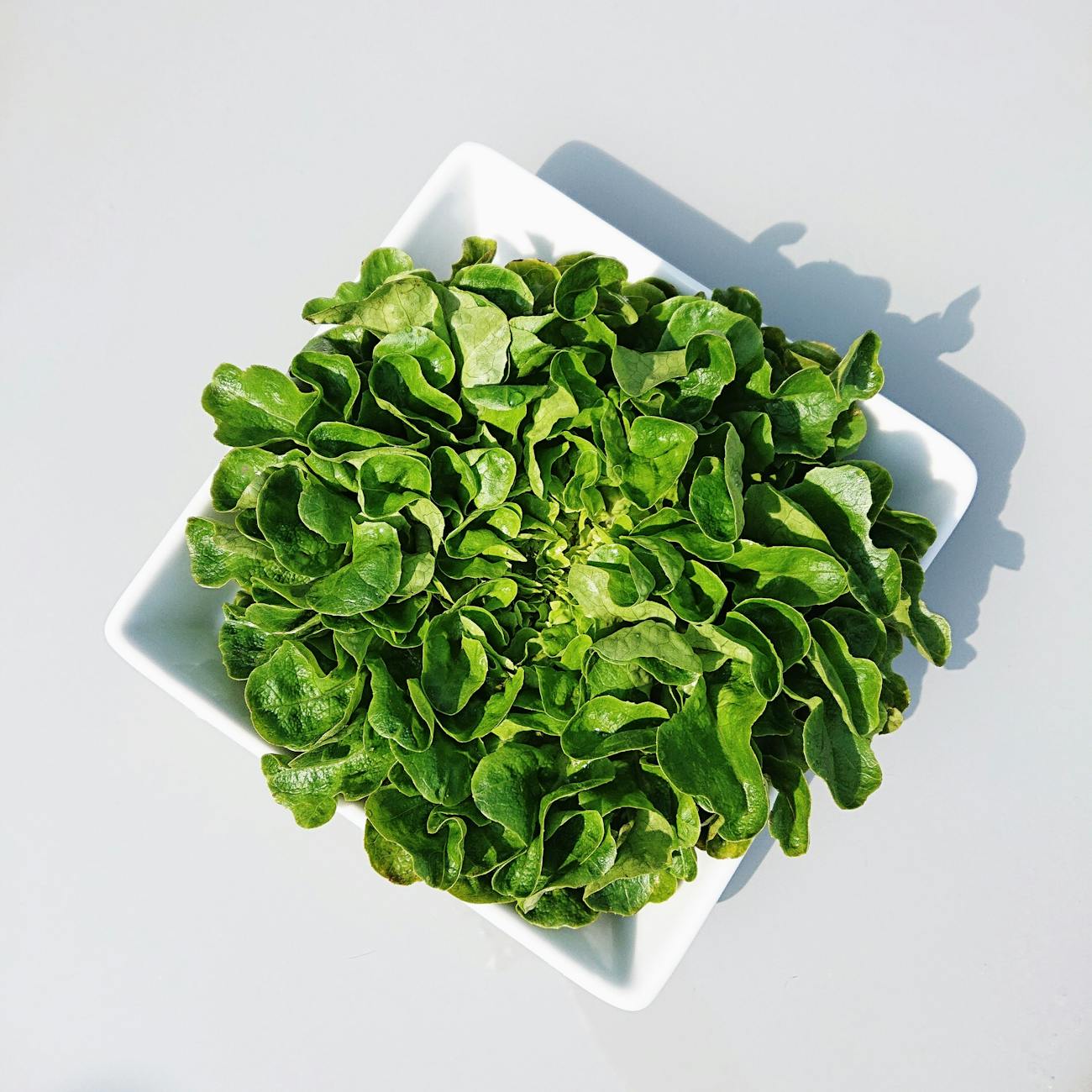Changing your diet to control blood sugar can be difficult for many people, according to Marc O’Meara, RD, LDN, CDE, senior nutritionist at Mass General Brigham. O’Meara sees patients remotely as well as in outpatient settings at Brigham and Women’s Hospital.
Elevated blood glucose (sugar) levels are a symptom of diabetes. Elevated blood sugar levels over time can harm small blood vessels all over your body. Maintaining blood sugar control can help you avoid or postpone long-term kidney, foot, eye, and heart problems.
According to O’Meara, “Our society is not really set up to support people trying to control their blood sugar.” “A large number of the foods we purchase are highly sugar-filled and processed. Carbs are tasty, quick, and simple. Learning to control blood sugar and breaking these patterns can be challenging.

O’Meara assists diabetics in adjusting their diets in tiny but significant ways to regulate their blood sugar. The secret, according to him, is balance: combining fiber, protein, and good fats with carbohydrates and sugars.
“Small adjustments and doable strategies can have a lasting impact,” he continues.
Reduce blood sugar by consuming protein.
Restricting foods like fruits, candies, and beverages with added sugar is a common strategy for managing blood sugar levels. However, starches like bread and pasta also have a significant amount of sugar in the form of carbs, which are lengthy, intricate chains of sugar.
“Starch might not have a sweet taste. However, that chain of carbohydrates is broken up into a large pile of sugars during digestion, according to O’Meara. “And once those sugars enter the stomach, they quickly enter the bloodstream.”
Consuming protein with carbohydrates, such as tofu, eggs, cheese, nuts, meat, and fish, can help control blood sugar levels by slowing the release of glucose.
In order to keep blood sugar levels within a more normal range, proteins “hold back the sugars, slow them down, and then release them into the bloodstream slowly,” according to O’Meara.
To make sure you’re receiving enough protein to offset the carbs, he suggests trying to eat portions of protein and carbs that are similar in quantity.
Eat these foods to help regulate blood sugar.
There are several food kinds that are particularly good at regulating blood sugar. O’Meara advises a diet high in whole grains, veggies, nuts, seeds, and heart-healthy fats.
Fiber with whole grains
Whole grains are an excellent source of fiber. Examples of whole grains include brown rice, quinoa, oats, and whole wheat bread and pasta. Fiber covers these carbohydrates like an outer shell. The breakdown of that shell causes a small delay in the bloodstream’s absorption of carbohydrates. According to O’Meara, whole grains can help prevent other chronic diseases, decrease cholesterol, and help control diabetes. However, since whole grains are still carbohydrates, consuming too much of them might cause a blood sugar increase.
Veggies that aren’t starchy and leafy greens
Nutrient-dense, low-calorie, and high in fiber are leafy greens like spinach, kale, and romaine as well as non-starchy veggies like peppers, tomatoes, and onions. O’Meara advises consuming veggies early in the meal and putting them on at least half of your plate. You won’t overeat carbohydrates and will feel fuller sooner.

Nuts, seeds, and nut butter
Nuts are abundant in healthy fats and protein. Good fats cut down the rate at which sugar leaves your stomach and enters your bloodstream. O’Meara suggests nut butter made without the extra sugar and low- or no-salt nuts of any kind. Another excellent choice is seeds, such as chia, flax, pumpkin, sunflower, and sesame. This is especially true for those who are allergic to nuts.
Berries
Of all fruits, berries have the least natural sugar content. They are packed with beneficial nutrients and have a higher fiber content than most other fruits. However, O’Meara suggests eating them alongside protein-rich foods like Greek yogurt, almonds, or cheese to help offset the hyperglycemia.
Determine a balance between protein and net carbohydrates.
Calorie, fat, cholesterol, sugar, carbs, and other information is listed on food labels. However, those figures may not fully describe the situation for those who have diabetes. Diets high in starch have the same effect on blood sugar levels as diets high in sugar. How much starch is in a food, however, is not disclosed on food labels.
“Starch transforms into sugar within 15 minutes of consumption, and it can swiftly enter the bloodstream,” states O’Meara.
He suggests using the subsequent formula: Subtract the fiber from the total amount of carbohydrates. You now have the net carbohydrates. Take the sugar out of the net carbohydrates. Then, you are aware of your total starch.
Let’s use Cheerios as an illustration. Each serving contains 6 grams of fiber and 29 grams of total carbs. Therefore, there are 23 net carbohydrates, which are made up of both sugar and starch. However, the label lists just 2 grams of sugar. Thus, one and a half cups of Cheerios have 21 grams of starch, he explains. “People eat Cheerios because they don’t contain much sugar, yet soon after eating, all the carbohydrates in the cereal transform into sugar, raising blood sugar levels.”
Starchy meal serving sizes should be restricted for those who have diabetes. Consuming foods heavy in starch and foods high in protein balances the sugars that are produced.
“Therefore, if you are serving yourself chicken and rice, make the rice portion smaller or the same size as the chicken part. According to O’Meara, this will balance the net grams of carbohydrates and protein. Consider a meal to be balanced if the grams of protein are within 10 grams of net carbs, as this will help regulate blood sugar levels.
Lifestyle choices to maintain blood sugar balance
A Balanced Diet: One of the most effective ways to control blood sugar is with a balanced diet. However, O’Meara emphasizes that adopting a healthy lifestyle also has benefits. Additionally, your blood sugar balance might get better if you:
Exercise: There are two benefits to exercise. Regular exercise increases your metabolism, making it easier for you to burn off sugar. Additionally, walking right after a high-carb meal or engaging in another activity helps burn off extra blood sugar.
Remain well-hydrated: Maintaining hydration balances blood sugar levels. Additionally, drinking hot drinks will help you feel fuller and more satisfied, which can help you eat fewer high-blood sugar snacks.
Get enough sleep: You can be more active and have more energy when you get enough sleep. Plus, research shows a connection between elevated blood sugar and inadequate sleep.
To Conclude
There are various steps that people can take to help control their blood sugar.
Eating a balanced meal rich in fruits and vegetables, staying at a moderate weight, and engaging in at least 150 minutes of moderate-to-intense activity per week can all help .
Other tips for regulating blood sugar may include:
- Eat at regular times and avoid skipping meals.
- Drinking more water and eating balanced meals with one-quarter meat, one-fourth starchy foods, and one-half non-starchy veggies.
- Anyone who has symptoms of low or high blood sugar should contact a doctor, regardless of whether they have diabetes.
